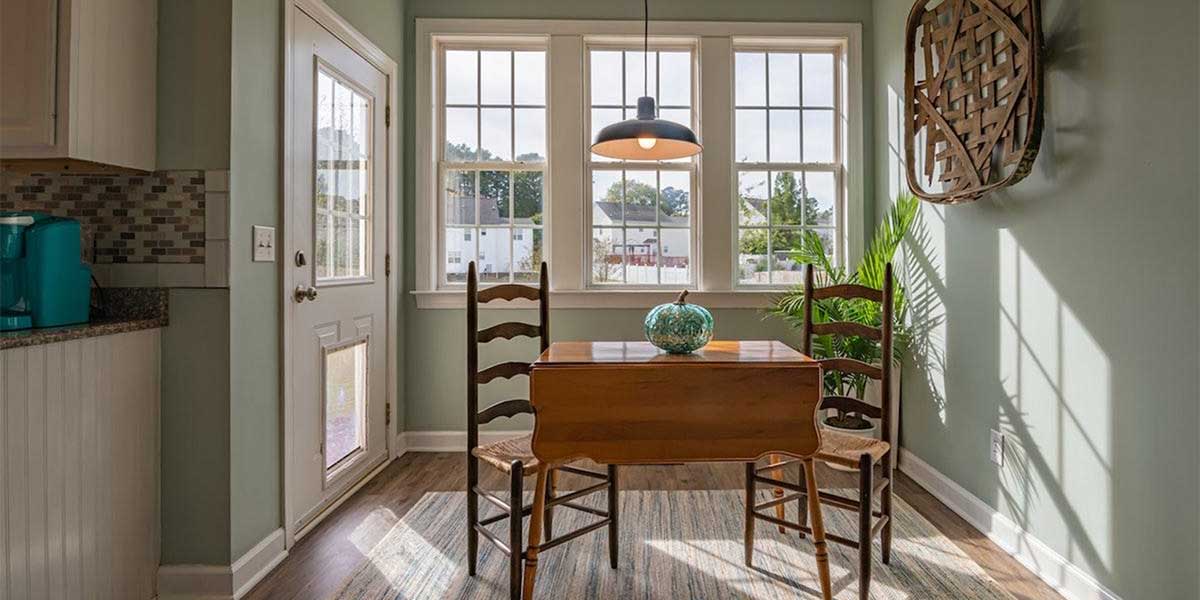When shopping for new windows for your Arizona home, it’s important to know that not all windows are created equal. To help you make the best decision for your home and budget, there are window ratings you can refer to.
The National Fenestration Rating Council, or NFRC, is a third-party organization that provides consumers with ratings for windows, doors and skylights. Windows that are certified by the NFRC have been independently tested and verified, so you can feel good knowing the quality of the product you are buying.
Let’s learn more in more detail the four main ratings included on any NFRC window label: U-Factor, Solar Heat Gain Coefficient, Visible Transmittance and Air Leakage.
1. U-Factor
The U-factor measures how much heat comes through a window, door or skylight. It can range from 0.20 to 1.20. For our desert climate, you’ll want to choose windows that have a low U-factor, as this means that the cool air is kept inside and cooling costs are reduced.
Most modern windows have a U-factor between 0.20 and 0.30, which is considered energy efficient. However, if you want something with the highest efficiency, windows with a U-factor as low as 0.10 are available.
2. Solar Heat Gain Coefficient (SHGC)
The SHGC value measures how well a window resists unwanted heat gain from the sun. It’s expressed as a number between 0 and 1, with lower values indicating less solar heat gain and better energy efficiency.
The SHGC is an important rating for windows because it can impact the cooling load of your home. Windows with a high SHGC will let more heat into your home, which will require your air conditioner to work harder. A lower SHGC allows less heat to come through, making your home more comfortable and efficient.
3. Visible Transmittance (VT)
Visible transmittance is a measure of how much visible light passes through a window. It’s expressed as a number between 0 and 1, with higher values indicating more visible light transmitted. In other words, the higher the value, the more natural light the window lets in.
There are many factors that influence a VT rating including the type of glass, the coating and the window frame material. For example, clear glass typically has a higher VT rating than tinted glass. Low-emissivity (low-E) coatings and also affect the rating.
We recommend selecting windows based on the application. For example, you may want to maximize the amount of light coming into your kitchen, especially if you don’t get direct sunlight. But for your bedrooms, you may want to limit the light entering.
4. Air Leakage (AL)
The AL rating is a measure of how much air passes through the window. This measure is important because it tells you how efficient the window is and what type of indoor air quality you will have. Windows with high AL ratings can allow drafts, moisture and outdoor pollutants into the home.
In contrast, windows with low AL ratings minimize air leakage and keep outdoor contaminants out, maintaining a healthier environment. The factors that influence an AL rating are the type of window, the installation method and the sealing materials. Properly sealed joints, weatherstripping and high quality windows and framing all lead to improved AL ratings.
Find High Quality Windows for Your AZ Home
Window ratings are an essential consideration when selecting new windows for your home. Understanding the ratings can help you choose windows that are energy-efficient, durable and high in quality. To shop for new or replacement windows for your Arizona home, contact Greco Roman Construction and Design today.






